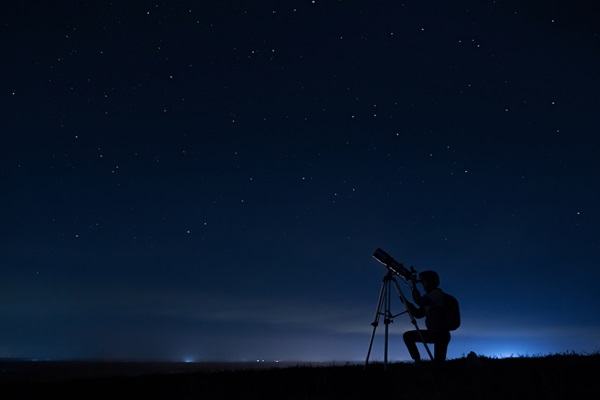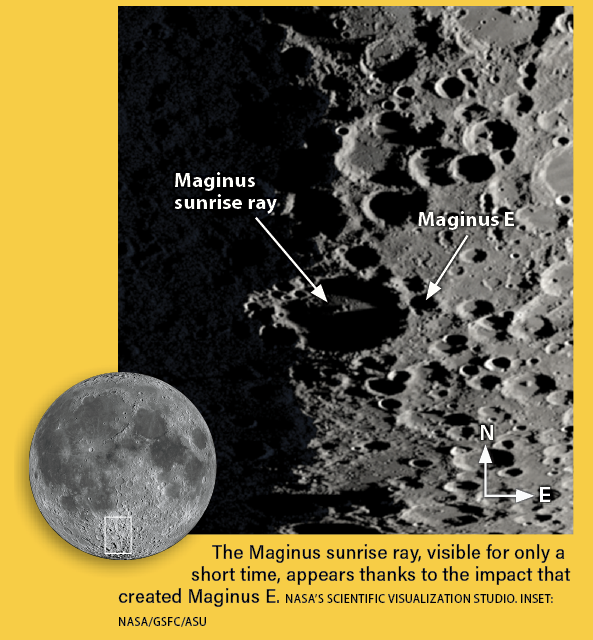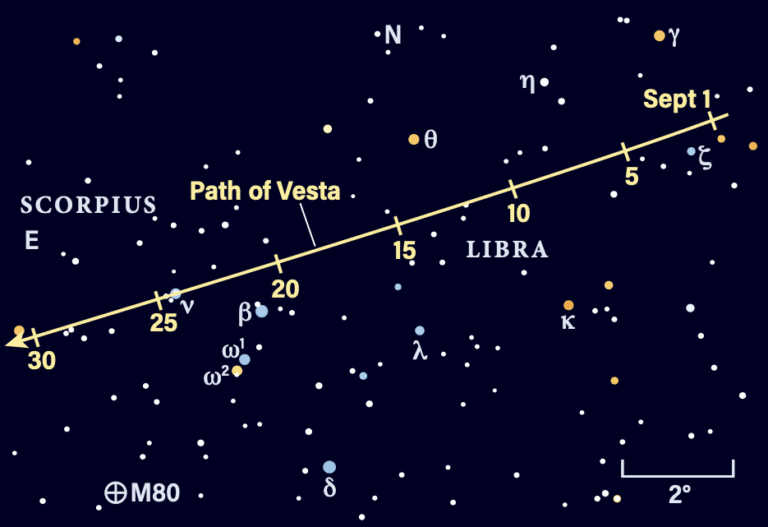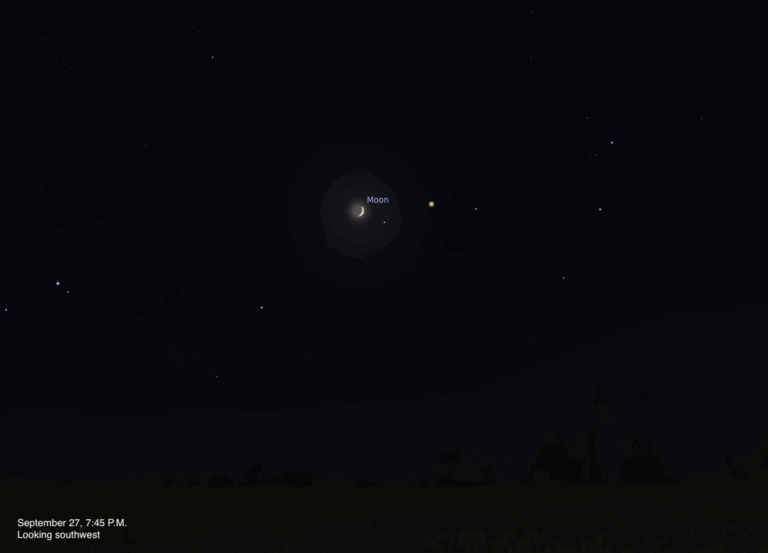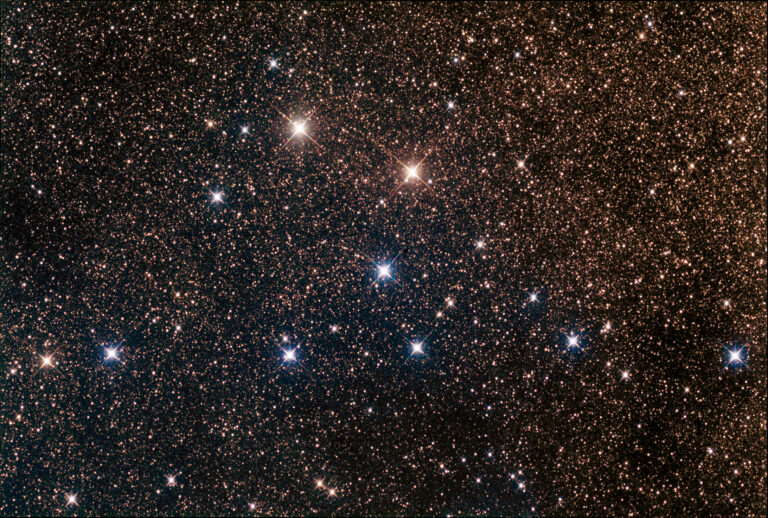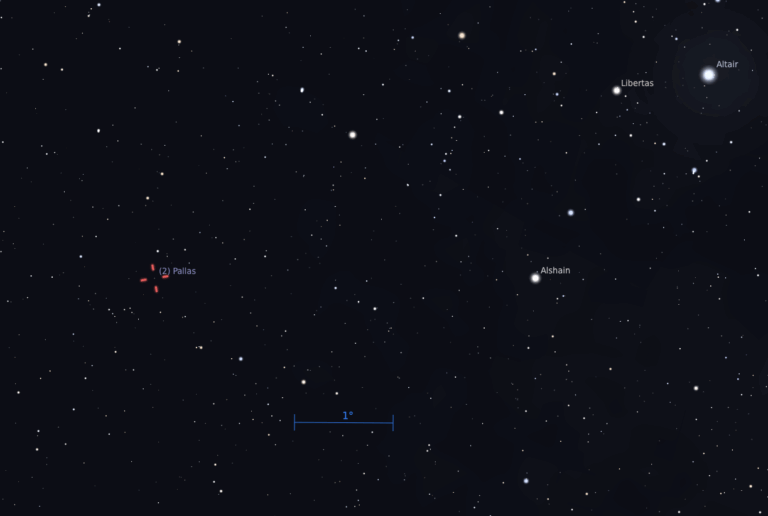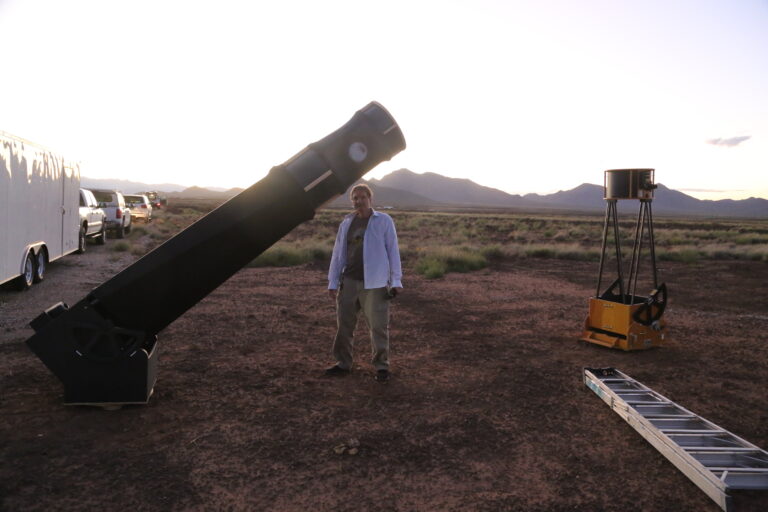Key Takeaways:
- Purchasing a used telescope offers significant cost savings compared to buying new, potentially halving the original price for a quality instrument.
- Before purchasing, consult with experienced astronomers, determine a budget (ideally $200-$300), select a suitable telescope type (e.g., 80-90mm refractor or 6-8 inch reflector with an altazimuth mount), and research reputable sellers on platforms like Cloudy Nights Classified or Astromart.
- Thoroughly inspect any used telescope before purchase, checking for damage to the optical assembly and mount, ensuring smooth focusing mechanisms, and assessing the clarity of the optics. Verify the completeness of the package (optical assembly, mount, eyepiece(s)).
- When buying remotely, request detailed images and communicate extensively with the seller to ascertain the telescope's condition, and factor in potential shipping costs and risks of damage during transit.
Are you a novice backyard astronomer in the market for your first telescope but a bit strapped for cash? Buy used! Unlike automobiles, telescopes can remain in like-new condition for years if properly cared for. You can pick up a quality second-hand scope for as little as half its original price.
Experienced backyard astronomers routinely purchase used telescopes and telescope equipment. Over the years, Richard Nugent, President of the Amateur Telescope Makers of Boston, has picked up a treasure trove of used astronomical equipment. I spoke with him to create these guidelines for beginners purchasing a second-hand telescope.
1. Consult an expert.
For the individual who doesn’t know a refractor from a reflector, this is absolutely essential! If no one in your circle of friends and relatives has skygazing experience, contact a local astronomy club. A member there will be glad to serve as your telescope-buying mentor.
2. Decide how much you want to spend
A good price range is between $200 and $300. In general, anything going for under $100 is “junk” with iffy optics and wobbly mounts, which will end up failing you much sooner than a slightly more expensive scope. On the other hand, telescopes exceeding $500- typically catadioptric telescopes and large-aperture refractors and reflectors might be too much for the novice to handle.
3. Know the type of telescope you want.
The ideal beginner’s telescope is easy to set up and take down, transportable to remote locations, user-friendly, and suitable for viewing a variety of celestial objects. In other words, an instrument you’ll use again and again. Look for an 80 or 90mm refractor or a 6- or 8-inch reflector. A telescope mounted on an altazimuth mount rather than one that is equatorially mounted. The former is easier to set up and use.
Keep it simple and forget any electronic gadgetry — at least for now. Let your first scope simply take you on a visual tour of the universe. If it gets you hooked on backyard astronomy, you can move on to more advanced activities like astroimaging with your next scope.
4. Search the classified ads
Armed with an idea of what you want in a telescope, it’s time to begin your search. Occasionally, you’ll come across a hidden gem of a telescope at a yard sale or in a newspaper classified ad, but most are “junk” scopes. Craiglist and eBay are a step up, but still may contain the occasional lemon. In his own searches, Nugent prefers Cloudy Nights Classified and Astromart, which are geared solely for the amateur astronomer and contain ads put out by reputable and knowledgeable sellers.
Whatever the source, be especially wary of any used telescope whose chief selling point is a high magnification — a clear sign that it’s junk. The general rule is 50x per inch of aperture. Any higher and you risk dim, fuzzy images.
Another way to ensure a quality used scope: Pick a manufacturer with a good reputation. The companies that advertise in Astronomy satisfy that requirement.
Since this is your first telescope, double check with the listing and/or seller that you’re getting an entire package — optical assembly (tube, finder, focuser, and optics), mount, and at least one eyepiece. The user’s manual is a big plus, but, if missing, can probably be downloaded off the internet.
5. Know the cost of the telescope when purchased new.
Once you’ve zeroed in on a particular telescope, and before you contact the seller, make an online search of the manufacturer and model to determine what it costs when new and what accessories came with it. A fair asking price is 75 percent of the original cost. That can fluctuate depending on the condition of the item. If there are missing accessories, it should cost less. If it’s literally in just-purchased, still in the box condition, then it will cost more. In the latter case, 90 percent isn’t unreasonable. You’ll at least save on the shipping expenses incurred were you to purchase directly from the manufacturer.
6. If possible, buy locally.
Buying locally allows you to acquire your telescope today and use it tonight (weather gods permitting). More importantly, you can inspect the scope in person to ensure that it’s been “used” and not “abused.”
Your inspection should start with a general look-over. A telescope doesn’t have to be cosmetically perfect but be wary if the tube has any major dents or rust spots.
Check the eyepiece focuser to be sure it runs smoothly. Then peek through the finder. The optical type should provide a clear and sharp view and the crosshairs should be intact. A unity finder should display a red dot or an illuminated circle when turned on.
If the main scope is a refractor, inspect the objective lens. A little dust is OK, but scratches and chips are a deal-killer. The same goes for the objective and secondary mirrors on a reflector. Check for reflectivity. A hazy or blotchy mirror is a no-go.
The mount should be solid while still operating smoothly. Gently tap the tube to see if the scope wobbles back and forth. A scope with an altazimuth-type mount like a Dobsonian should point up and down (altitude) and side-to-side (azimuth) smoothly.
Nugent also learns a lot about his prospective purchase by asking the seller three questions. Why are you selling the scope? What do you like about it? What don’t you don’t like about it?
Once you’ve kicked the tires, it’s time for a test drive. Ideally, you’ll want a clear evening when you can test scope and eyepieces on celestial objects. If that’s not possible you can still check it, however. In daytime, test it on a few distant objects. On a cloudy night, try far-off streetlights.
7. If you do purchase long distance, contact the seller
If it’s not possible to inspect a used telescope in person, contact the seller and ask your questions. Start with the ones outlined in the previous section. If the seller’s ad didn’t include images of the telescope, ask for a few — if necessary, specify that you want pictures of certain aspects of the scope.
In most case, consider the long-distance purchase of a telescope as a last resort. You’ll incur the extra expense of crating and shipping by the seller — usually included in the price if shipping is “free” — and several days (or weeks!) until the scope reaches your doorstep. You also run the risk of damage while it’s en route.
Whether you’re a novice backyard astronomer looking for your first telescope or a seasoned skygazer like Richard Nugent seeking a second (or more!) instrument, you can save big bucks by purchasing second-hand. Follow this advice, and you’ll wind up with a telescope that paves the way to a lifetime of astronomical adventure.

